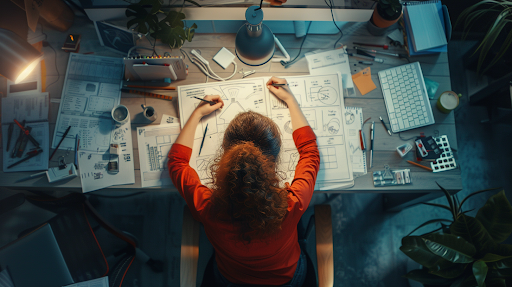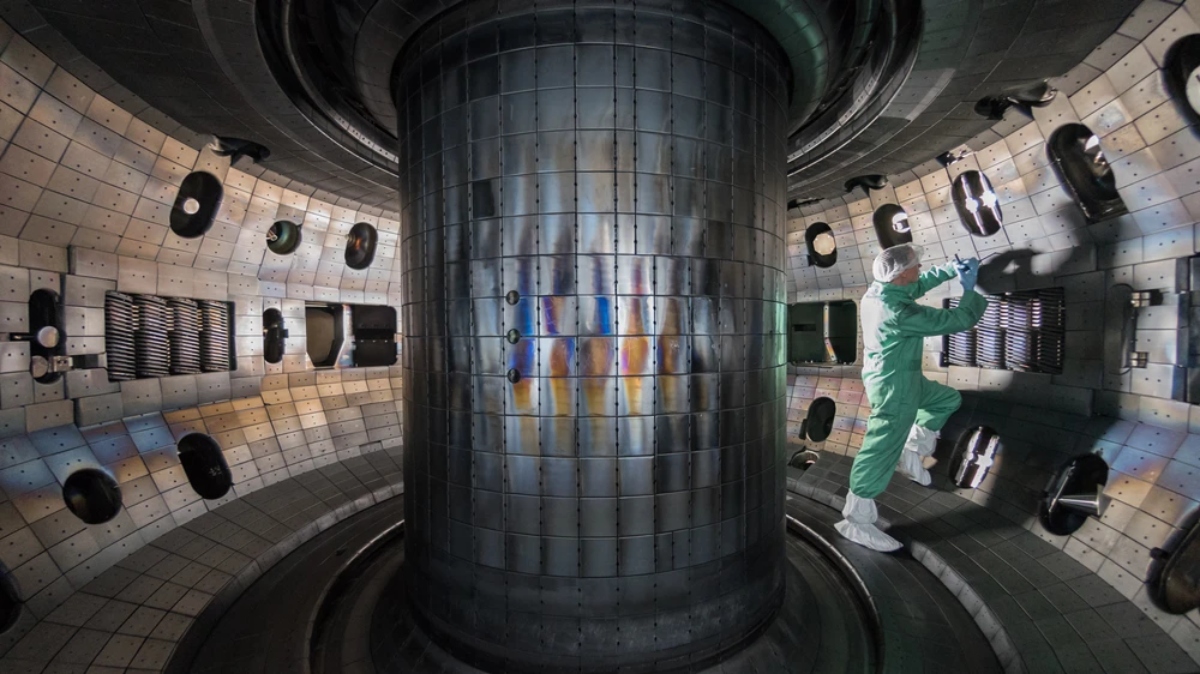Did you know that the food of the future could be 3D printed food? This could be done to help people around the world to have plenty of food for everyone and also to be able to produce a large amount of food without having to mistreat the environment, generating a much more sustainable production.
3D printed food: a solution to care for the population and generate good habits
It is predicted that in 30 years there will not be enough resources to cover all the basic needs of the planet’s inhabitants. With such prognoses about the future, it is reasonable that science and technology specialists, as well as health workers, are looking for alternatives to generate good global nutrition.
All of them would, in theory, be looking for measures to help reduce diet-related diseases. Some of the ones they would like to eliminate would be obesity, diabetes or even neurological and nerve ailments. 3D printed food would be an interesting option to promote a vegan diet, generating soy-based food. In addition to health concerns, there would also be a strong environmental concern, needing resources to help produce without harming the planet.
The food industry wants rich and visually appealing products, just like traditional food.
The food industry is reportedly conducting research on 3D printed food in order to make monitored food. They could create a specific appearance, with a shape programmed by the technical team, a specific texture and a nutritional value recommended by health professionals. In this way, printed food would be healthier, more sustainable and more attractive.
How is 3D food prepared?
The printed food is prepared layer by layer. First the food is programmed, both its texture and its shape. The cartridges that will form the structure of the printed meal are then inserted. To imitate a steak, fat, blood and “meat” cartridges would be inserted to make the steaks. The fact that it is done layer by layer and horizontally upwards implies greater precision.
There are establishments around the world that have already tried working with printed food. This is the case of the restaurant “Le Petit Beefbar” in Chelsea, where they make printed vegan steaks. These are made with soybean, corn and bean fillings. The resulting texture is a very juicy and appetizing piece of vegetable meat.
In Spain, specifically in Barcelona, the restaurant “Cocina Hermanos Torres” also wanted to bet on this new cooking method. Although they make the creams and fillings to be used in the machine, the shapes are made by the machine. Thus, they have even marketed a 3D printed truffle cream in the shape of a spiral or chocolate desserts with volumes. Although they focus more on shapes and not on the 100% construction of new foods, they begin to introduce this new way of cooking.
In Israel, meanwhile, they are investigating with meat and fish printing. Steakholder Foods ‘ bioprinter is positioning itself as one of the major leaders in the creation of printed food thanks to its processes and laboratory biological inks. What do you think?




